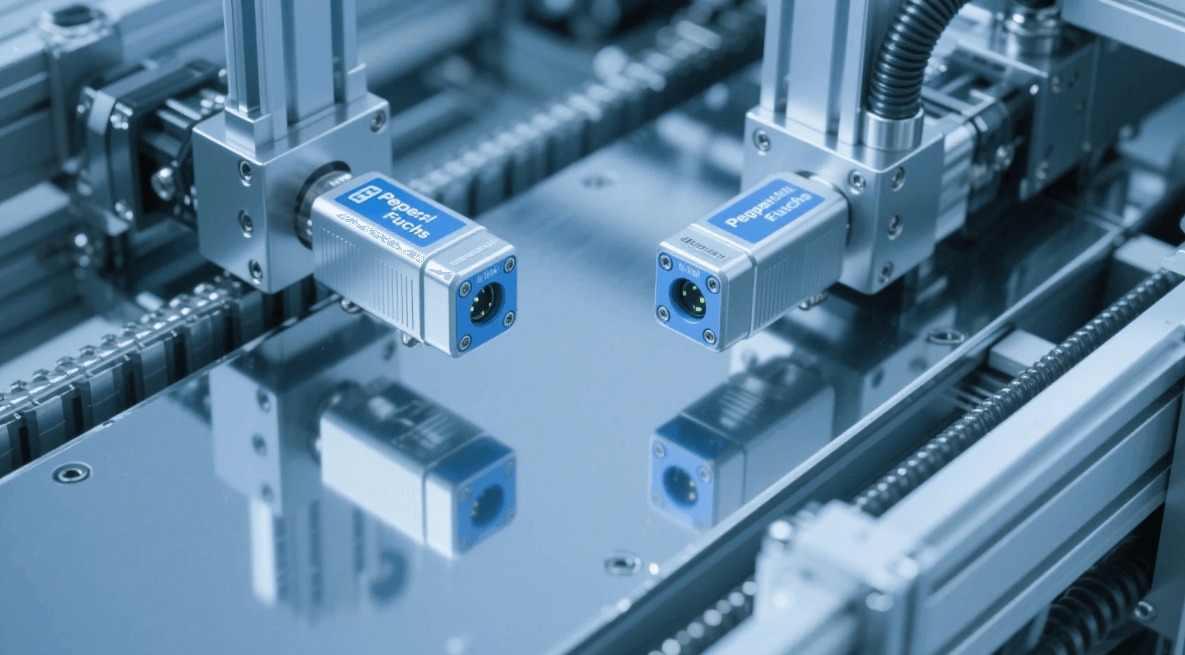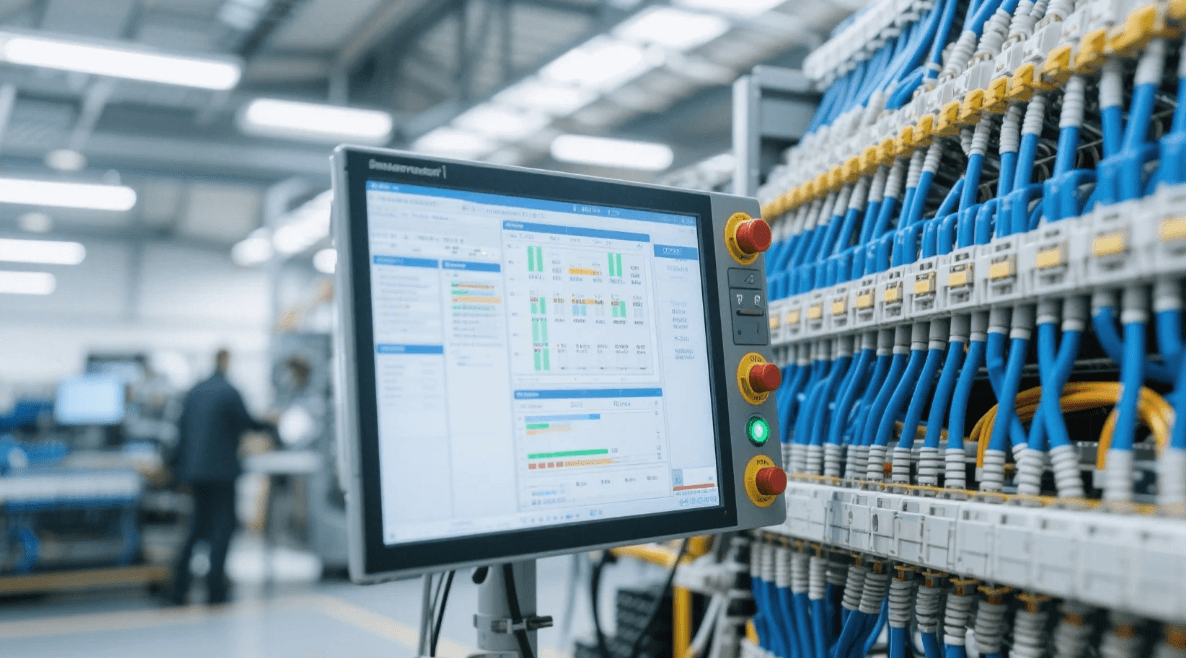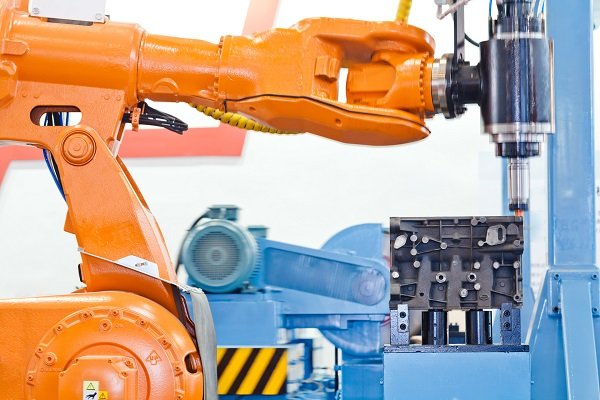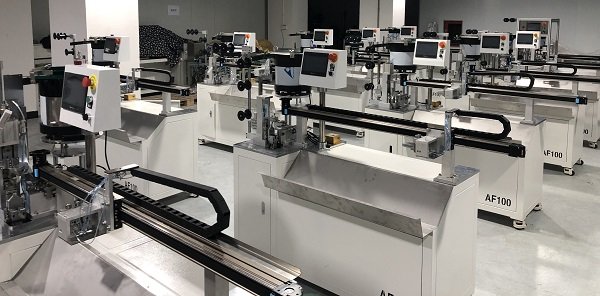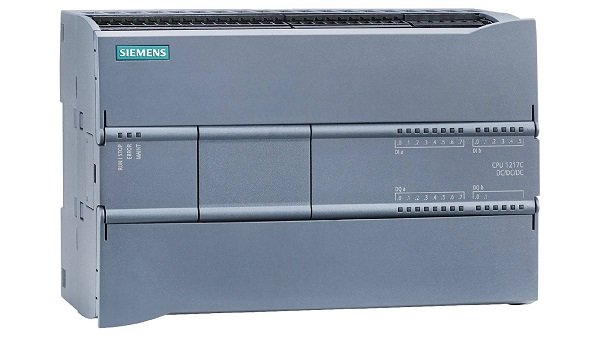Lösungen für effizientes Energiemanagement in der Industrie
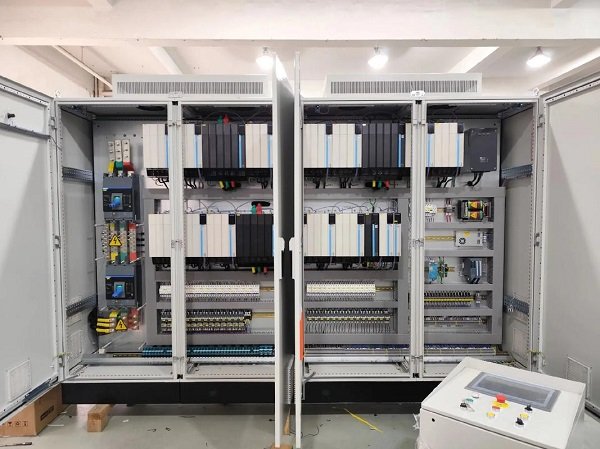
In today’s rapidly evolving industrial landscape, the demand for efficient power distribution solutions has never been higher. With the growing complexity of industrial operations, companies need reliable systems that can effectively manage and distribute power to ensure optimal performance, minimize downtime, and improve energy efficiency. Power Distribution systems have emerged as a critical element in achieving these goals. Designed to regulate the flow of electricity throughout industrial facilities, Power Distribution solutions offer not only reliability but also efficiency, flexibility, and scalability to meet the modern needs of industries across the globe.
In this article, we will explore the modern advantages of Power Distribution, emphasizing how these systems help industries streamline operations, reduce costs, and foster sustainability. By integrating advanced technologies and innovative solutions, businesses can ensure they stay competitive in an increasingly energy-conscious world.
Understanding Power Distribution and Its Importance
Power Distribution refers to the system of electrical components used to deliver electricity from the source (such as a power plant or substation) to the various machines, equipment, and systems within a facility. It involves transforming electrical energy into a usable form, controlling the flow of electricity, and ensuring that each area of an industrial plant receives the correct voltage and current necessary for its operation.
Effective Power Distribution systems are crucial for industries that rely on continuous and stable power supplies, including manufacturing, telecommunications, data centers, and transportation. Without an efficient Power Distribution system, industries would face frequent power outages, costly maintenance, and unproductive downtime, which could ultimately harm their bottom line.
Key Advantages of Power Distribution Systems in Modern Industries
Enhanced Energy Efficiency
One of the most significant advantages of modern Power Distribution systems is the improvement in energy efficiency. Traditional electrical systems often suffer from energy losses due to inefficiencies in power conversion, transmission, and distribution. However, with the integration of advanced Power Distribution solutions, companies can optimize power delivery, reducing energy wastage and cutting operational costs.
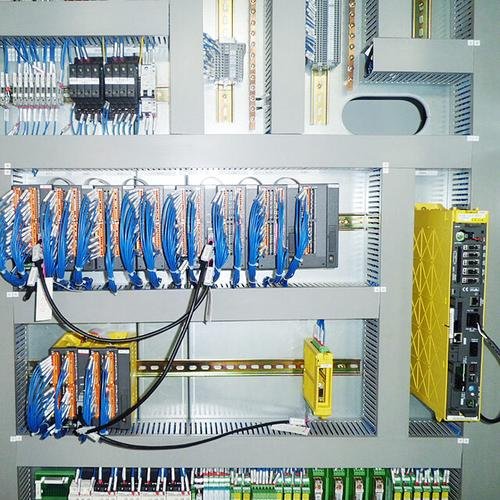
By using smart Power Distribution systems that incorporate real-time monitoring and automated controls, companies can track energy consumption more accurately, pinpoint inefficiencies, and take immediate corrective actions. This approach not only saves energy but also contributes to a more sustainable industrial operation, which is critical in today’s eco-conscious market.
Increased Reliability and Reduced Downtime
Reliability is paramount when it comes to Power Distribution. Unreliable power systems can result in significant downtime, halting production and potentially causing costly delays. Modern Power Distribution systems are designed with redundancy, automation, and fault detection capabilities that reduce the risk of power outages. These systems are equipped with advanced protection mechanisms that can detect faults in the system and automatically re-route power, ensuring continuous operation.
Moreover, regular maintenance and real-time monitoring allow for early detection of potential issues, helping prevent major failures. This leads to reduced downtime, ensuring that industrial operations run smoothly and efficiently without interruptions.
Improved Safety and Risk Management
Industrial environments involve high-risk operations, and safety is a primary concern. Power Distribution systems are engineered with built-in safety features such as circuit breakers, surge protectors, and overload protection devices to minimize the risk of electrical hazards. These systems ensure that power is distributed safely and effectively, preventing electrical fires, equipment damage, and other accidents that could pose risks to both personnel and property.
By incorporating advanced safety measures into Power Distribution, industries can not only comply with stringent regulatory requirements but also protect valuable equipment and reduce liability risks.
Scalability for Growing Operations
As businesses grow, their power needs evolve. Modern Power Distribution systems are designed to be scalable, meaning they can easily accommodate increased energy demand as industrial facilities expand. Whether you are adding new equipment, increasing production capacity, or expanding your facility, a well-designed Power Distribution system ensures that power requirements are met without overloading the infrastructure.
Scalability is essential for businesses looking to remain agile in an ever-changing market. With the ability to seamlessly expand Power Distribution systems, industries can future-proof their operations and ensure long-term sustainability.
Cost-Effective Solutions
The initial investment in Power Distribution systems may seem significant, but the long-term benefits far outweigh the costs. These systems contribute to substantial savings through reduced energy consumption, minimized downtime, and enhanced operational efficiency. Moreover, with the advent of energy-efficient technologies, companies can further reduce their carbon footprint while improving their overall cost-effectiveness.
The shift toward Power Distribution systems that integrate renewable energy sources, such as solar and wind, also opens up new avenues for cost savings. By investing in sustainable energy solutions, industries can lower energy bills and potentially qualify for incentives or subsidies from governments seeking to promote green energy practices.
Nahtlose Integration mit Automatisierungssystemen
The modern industrial landscape is increasingly becoming automated. As companies adopt smart technologies, such as IoT (Internet of Things) and AI (Artificial Intelligence), Power Distribution systems are being integrated with these automation tools to provide a more connected and efficient system. Smart Power Distribution systems allow for real-time monitoring and control, optimizing energy usage and streamlining operations.
Integration with automation tools enables businesses to anticipate energy demand, balance loads more effectively, and make data-driven decisions that enhance productivity. By incorporating automation into Power Distribution, industries can also reduce the manual effort required to manage power systems, freeing up resources for more strategic tasks.
Applications of Power Distribution Across Industries
The versatility of Power Distribution systems makes them essential for a wide range of industries. Let’s take a look at some key sectors where these systems play a pivotal role:
Manufacturing and Production Facilities
Manufacturing plants are some of the largest consumers of power, and an efficient Power Distribution system is crucial to ensure that energy is supplied to machines and equipment without interruption. These facilities rely on constant power to run production lines, and a failure in the Power Distribution system can halt operations, resulting in substantial financial losses.
By using advanced Power Distribution systems, manufacturing facilities can ensure that power is distributed evenly and reliably to every part of the production process. This leads to smoother operations, better equipment performance, and enhanced overall productivity.
Daten-Zentren
Data centers are power-hungry facilities that require 24/7 uptime. Ensuring consistent and reliable power distribution is essential to prevent data loss, server outages, and downtime. Power Distribution systems in data centers need to support high energy demands while maintaining efficiency and uptime.
Modern Power Distribution solutions equipped with real-time monitoring and redundancy mechanisms are essential to protect sensitive data and ensure continuous operation of servers, networking equipment, and cooling systems.
Telecommunications
Telecommunications infrastructure requires a constant power supply to maintain uninterrupted service. From mobile towers to communication hubs, Power Distribution systems are key to supporting these critical facilities. As telecommunications networks grow and evolve, so do their energy demands.
Power Distribution systems that can scale with the growing power requirements of telecom infrastructure are crucial for ensuring reliability and reducing the risk of service disruptions.
Erneuerbare Energiesysteme
As the world shifts toward more sustainable energy sources, Power Distribution plays a critical role in managing energy from renewable sources like solar and wind. These systems help integrate renewable energy into the grid, enabling industries to reduce their reliance on fossil fuels and reduce their carbon footprint.
By investing in advanced Power Distribution systems, businesses can take advantage of green energy solutions, lower operational costs, and align themselves with global sustainability goals.
Conclusion: Embrace the Future of Power Distribution
In conclusion, Power Distribution is more than just a means of delivering electricity; it is a critical component of modern industrial operations. By adopting advanced Power Distribution solutions, industries can improve energy efficiency, reduce downtime, enhance safety, and scale their operations to meet future demands.
Whether you are in manufacturing, telecommunications, data centers, or renewable energy, investing in high-quality Power Distribution systems is essential for maintaining a competitive edge in today’s fast-paced, energy-driven world. The future of efficient power management lies in the continued development of smart, scalable, and sustainable Power Distribution systems that not only meet the needs of today but also anticipate the challenges of tomorrow.
Embrace innovation and optimize your power distribution strategies to drive success and sustainability in your industry.
Model:Fluke 717 1500G


